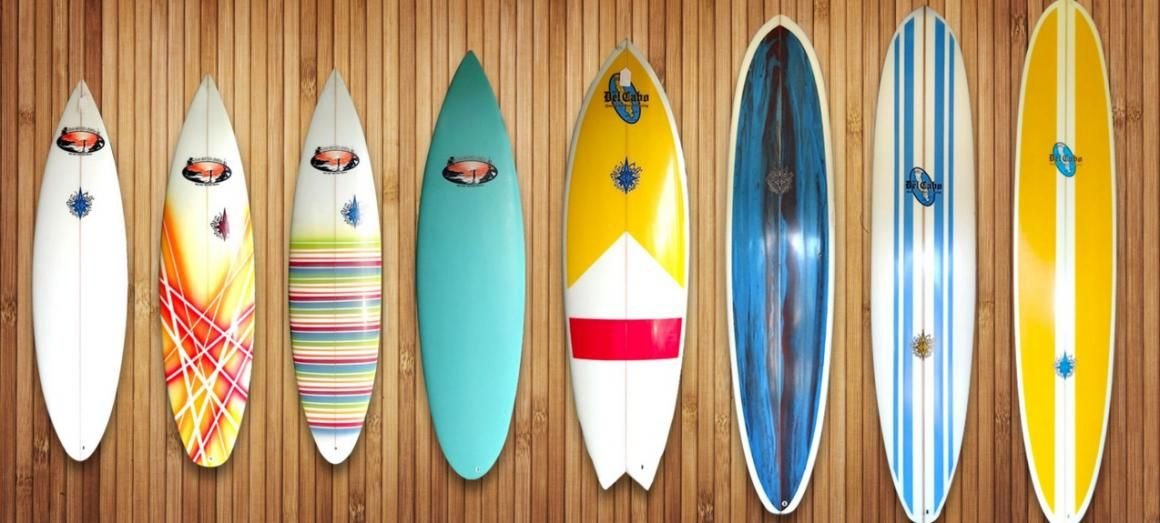When you compare surfing with other sports where the activity is carried out body to body you may think that it is much safer, however, as in any physical activity it is possible that you may suffer some kind of accident or injury and generate temporary or permanent damage, light or severe.
Some of the most common injuries are bumps and sprains, but there are also more specific ones that you may not know about. In the following post we indicate the most common injuries and we point out a series of measures so that you can prevent them.
What injuries are typical in surfing?
Knee sprain
When you are unable to coordinate your knee muscles or make quick unnecessary turns in the direction of the board or try to resort to “tricks” you can suffer a sprain, especially in the inner lateral ligament.
Meniscal injury
This type of injury occurs when you turn sharply, which causes an extension that directly injures the ankle.
Sprained knee
When you are unable to coordinate your knee muscles or make quick unnecessary turns in the direction of the board or try to resort to “tricks” you can sprain, especially the inner lateral ligament, although any of the ligaments in the knee are at potential risk of injury.
The most common are associated with the anterior cruciate ligament (ACL) and the medial collateral ligament (MCL). Knee sprains tend to be very painful and require 2 to 8 weeks of rest, depending on their severity.
Shoulder Tendinitis and Cockpit Stitches
The shoulder is one of the most vulnerable areas of your body, so these injuries are very typical, especially if you are a novice surfer due to an incorrect paddling technique and also occurs due to lack of strength when you lack more development in your muscles.
In addition, during a heavy swell or hangover it is common that the rotators of the shoulder and the broad dorsal are injured due to the overloading of the paddle, you will notice a pain that extends from the upper shoulder to the deltoid area.
Lacerations and cuts
Whether against your own board or another surfer’s you can get cuts and lacerations in the water, even with the ocean floor, rocks or coral. You must pay attention if the cut is deep because you can lose a lot of blood, while when you suffer a laceration the risk of infection is also very high.
[symple_button url=”https://surfcanarias.com/canaries-surfing-holidays/” color=”blue” size=”large” border_radius=”5px” target=”blank” rel=”” icon_left=”” icon_right=””]Surf school in Famara Lanzarote[/symple_button]
Bruises and contusions
You can recognize a concussion because even though it does not cause blood loss it can damage some muscles, tendons and even internal organs. These contusions are the product of blows with the boards and will be more frequent if you are just starting to surf.
Don’t underestimate the severity of a contusion simply because you don’t see blood as well as bruises because these can reflect considerable internal damage.
Lumbar, dorsal and cervical injuries
Due to the posture you have during the time you stay on the board, especially when rowing, the tension on the muscle generates a dorsal stiffness that can cause intense pain. The same can happen in the lumbar area and at the level of the cervical discs, this is even more dangerous because it can damage different structures at the level of the spine.
How can I avoid or prevent these injuries?
Some important tips to prevent or avoid injuries are mainly oriented towards preparing your body to move on the board and to be attentive or concentrated. In short, you can be guided by four areas:
- Physical preparation: That way you will avoid injuries because you will have enough strength to row and keep your balance, also the muscle will protect your bone system against fractures. Plan a good strength training where you give priority to work on your quadriceps and knee, buttocks, adductors and upper body muscles.
- Exercise in the pool, with weights, stretching boards, jogging, etc.
- Try to get at least the eight hours of sleep recommended by experts in physical and metal health. Reinforce your diet with a good diet plan that includes vitamins, minerals and other nutrients your body needs.
- Never forget to warm up and stretch before you start surfing. This does not require much time, only five to ten minutes will be enough, it includes a small continuous run, some classic turns of ankles, knees, neck and shoulders.
We will teach you all these tips at our Surf Camp in Famara Lanzarote, follow all these steps and so you can avoid the most frequent injuries that you saw in this article.
Recommendations to avoid injuries in surfing
Surfing is a very popular sport and as summer approaches there are many course offers that allow you to learn safely.
By signing up for this type of guided training you can avoid the most common surfing injuries because not only do they help you learn the techniques, they also include many practical tips to identify risks so you can take the necessary steps to avoid injuries.
Finally, we recommend that you take antiseptic creams with you to place on any lacerations to avoid infection, and that you bring a bandage to cover the wound if necessary. There are also a number of medications available to minimize pain and swelling when you fall or hit your board. And, of course, don’t apply anything without first consulting medical staff or rescuers..











